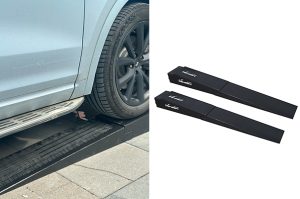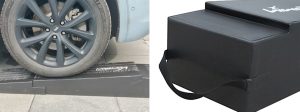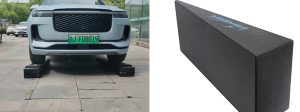Modular trailer ramps have emerged as a smart and efficient solution for worksites that demand versatility, mobility, and safety. From warehouses and distribution centers to construction zones and service yards, these modular systems are transforming how equipment, vehicles, and materials are loaded and unloaded.
Why Modular Trailer Ramps Are Gaining Popularity
1. Adaptable to Multiple Trailers and Worksite Layouts
Traditional fixed ramps are limited in configuration and placement. Modular trailer ramps, however, can be assembled, reconfigured, or expanded based on the unique needs of the day. Whether your team is loading heavy machinery or rolling pallets into a standard cargo trailer, modular designs ensure a perfect fit.
2. Rapid Setup and Breakdown
Time is money on a busy worksite. Modular ramp systems are engineered for fast assembly, allowing workers to install or remove them without specialized tools or heavy equipment. This flexibility significantly reduces downtime and increases productivity.
3. Scalable and Customizable
Need a longer ramp for low-clearance equipment? Require a wider platform for oversized loads? Modular ramps can be fitted with extension pieces, guardrails, and transition plates to handle diverse operational requirements. Their scalability ensures long-term usability as your fleet or workflow evolves.
4. Enhanced Safety for Operators and Equipment
Safety is paramount when moving heavy loads. Modular ramps feature slip-resistant surfaces, stable support structures, and ergonomic gradients to reduce the risk of accidents. Some models also include handrails and side curbs to guide vehicles and protect operators.
5. Cost-Effective Long-Term Investment
Instead of purchasing multiple fixed ramps for different trailers or tasks, modular systems provide a single, versatile solution. Their replaceable components and durable construction lower maintenance costs while extending service life.
Applications Across Industries
- Construction: Easy access for skid steers, compact loaders, and service trucks.
- Logistics & Warehousing: Efficient pallet and forklift movement between docks and trailers.
- Automotive Services: Mobile service operations benefit from lightweight, movable ramps.
- Agriculture: Ideal for loading machinery and supplies in changing field environments.
As worksites become more dynamic, the tools and equipment supporting them must evolve as well. Modular trailer ramps offer the perfect balance of strength, flexibility, and efficiency—making them an essential asset for modern operations. Whether you manage a small facility or a large industrial site, investing in modular ramp systems ensures your team has the adaptability needed to handle any loading challenge with confidence.




